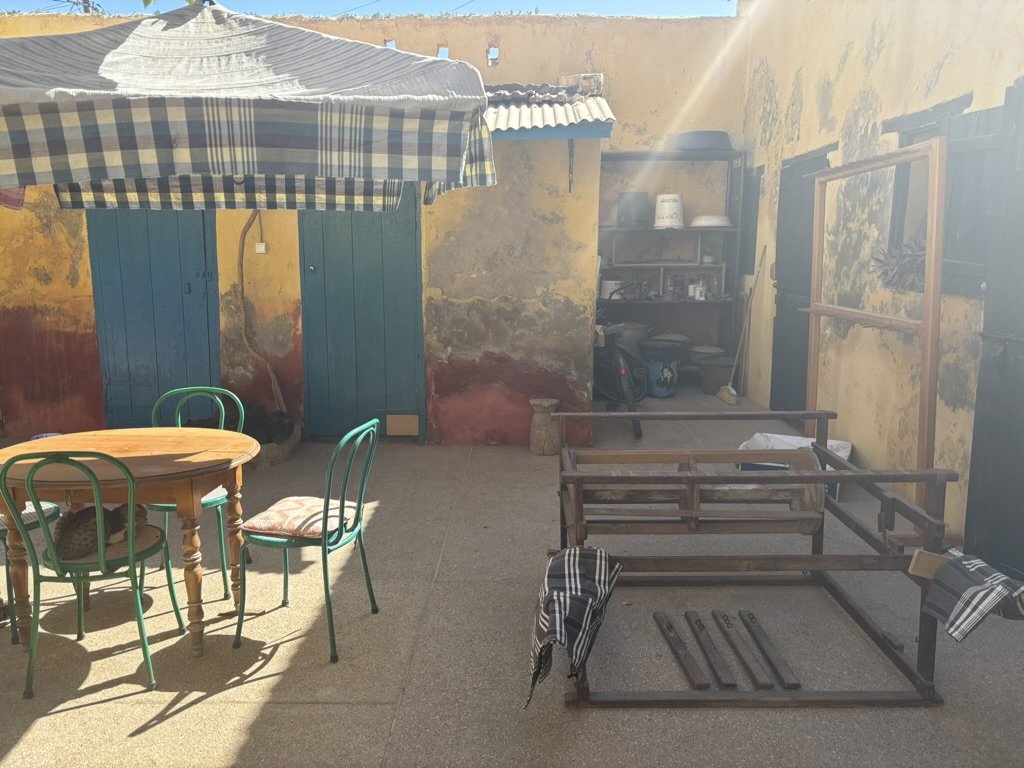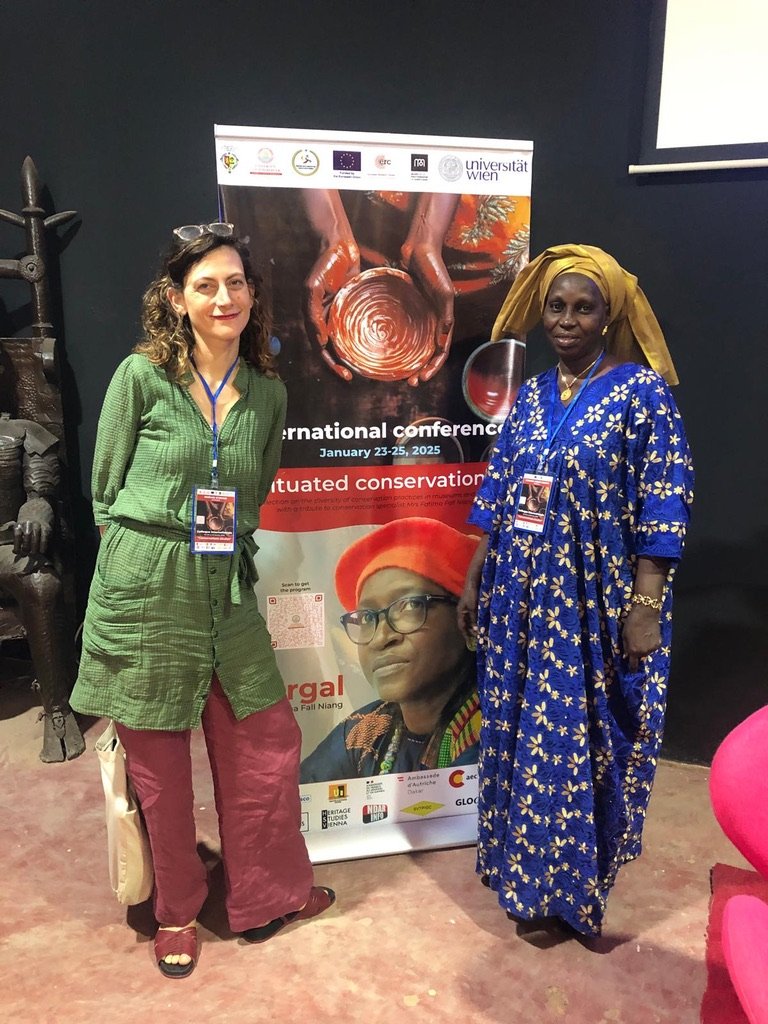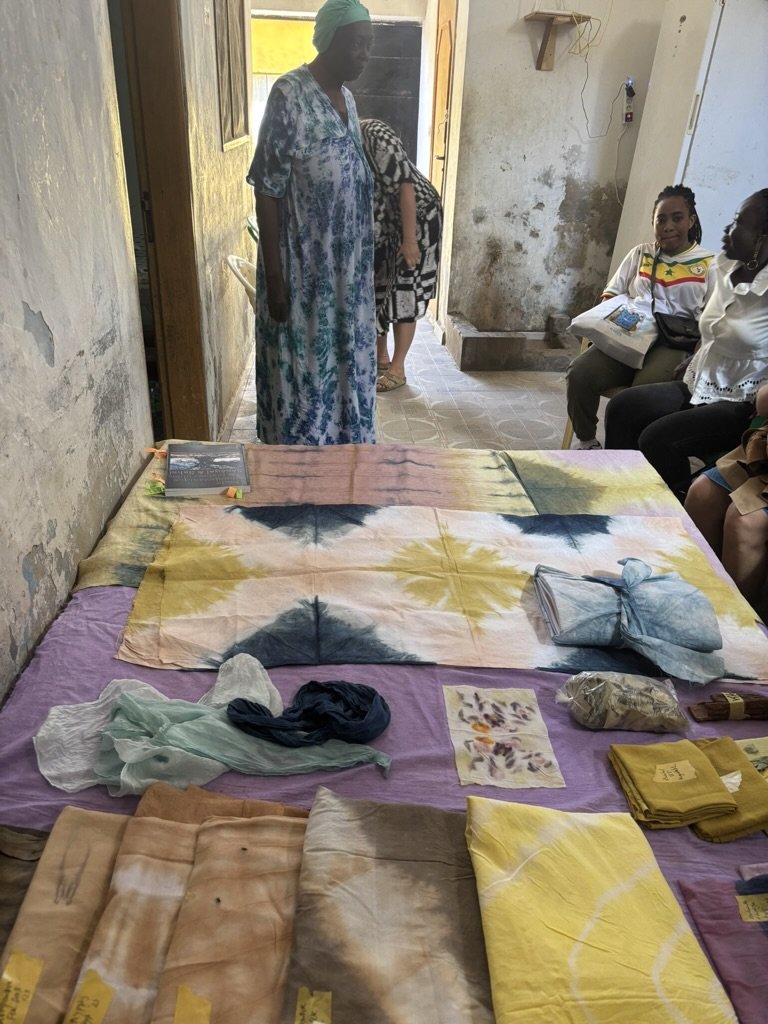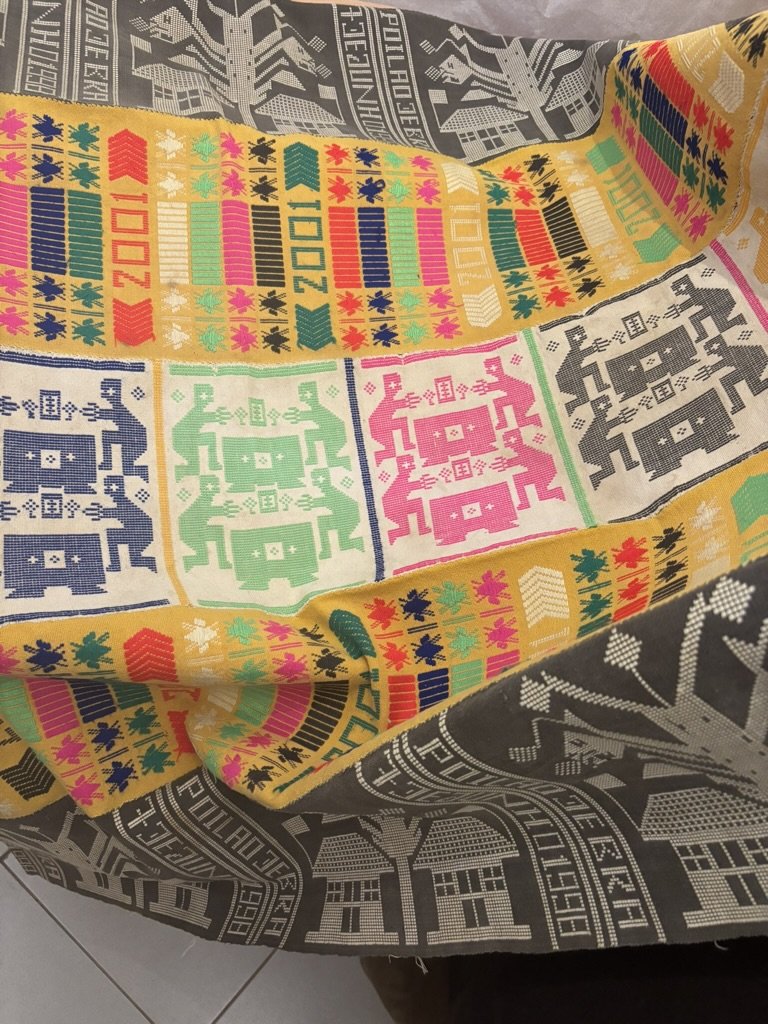Honoring Craft and Conservation: The Role of Local Artisans in Conservation
In our previous blog post, we shared some reflections from our Viennese team members on the International Conference on Situated Conservations in Senegal. Today, we highlight a different but equally important perspective: the discussions and concerns raised during the conference about the role of artists, craftspeople, and local experts in conservation efforts.
The frustration voiced by local artisans such as Evelyne Bassène, Coumba Dème Ndiaye, Aïda Fané, Moussa Camara, and Carole Diop was captured by Cécile Mendy. They feel sometimes excluded from institutional conservation discussions.
"The cry from the heart of the craftspeople—potters, dyers, and textile artisans—was about the fact that they are not concretely involved in the management and promotion of these types of heritage in cultural institutions such as museums," Mendy noted. Heritage experts and museum professionals have called for concrete collaboration that values the skills and incorporates the knowledge of the craftspeople in meaningful ways. "Their know-how includes techniques and knowledge that bear living witness to history and culture, but which are sometimes perceived as less legitimate or scientific than the academic approaches of museums."





Repatriation, Museum Narratives, and New Traditions
A key moment of the conference was the keynote speech by Alain Gonodou, which Alisa Santikarn reflected on. It addressed the complexities of repatriation and conservation.
"Alain Gonodou described how these objects were being conserved the international way, and how through the process of repatriation, these objects have become national heritage. As such, they have not been returned to individual communities. Instead, they belong to everyone and are conserved for the benefit of all."
This process, as Gonodou noted, marks the beginning of new conservation traditions rather than a return to past methods. As much as many colleagues liked this argument, other voices raised concerns about the colonial approach embedded in international standards for conservation. Discussions were heated between different generations of scholars and experts from the continent!
The need for greater engagement beyond museum walls was a key takeaway for Maeva Pimo.
"The experience and the opportunity given to us to meet artists and craftspeople, to share with them their daily practices, put aside technical-scientific terms and instead engage with the everyday tools and methods of conservation, was invaluable."
She pointed to the work of the Sélébé Yoon Gallery, which showcased endangered craft skills. "There is a problem, and we need to find solutions. Encouraging museums to collaborate with artists and artisans is key to ensuring the perpetuation of these skills and the creation of works that tell even more deeply about life, history, and art."



Shifting Museum Narratives: Recognizing Artisans as Essential to Conservation
Broader questions about shifting museum narratives emerged from these conversations.
"The Museum of Black Civilizations made it a point to honor us, women," Maeva noted. "The exhibition pavilion on women leaders in politics in Africa, with vibrant colors, allowed me to understand that the museum is not just the past, but a line, a continuum—a past that determines the present and defines the future."
She saw this focus on representation as a powerful tool for inspiring young visitors, particularly young women, to see their own potential in shaping history.
Exhibition on African women leaders at the Museum of Black Civilizations, highlighting their impact in politics, history, and society through vibrant displays and storytelling.
Through these reflections, it is clear that conservation is not just about preserving objects but about sustaining the knowledge, skills, and histories that bring them to life. The artisans and practitioners of Senegal are not passive subjects of conservation—they are active participants whose expertise must be recognized and integrated.
As Cécile Mendy put it, "Their knowledge is a living testimony to culture, yet it often struggles to find a place within formal institutions. It’s time for that to change."





Stay tuned for our third blog post of the series, where we take a personal journey through Saint-Louis, exploring its historic archives, architectural heritage, and the pressing challenges it faces as a UNESCO World Heritage city.

